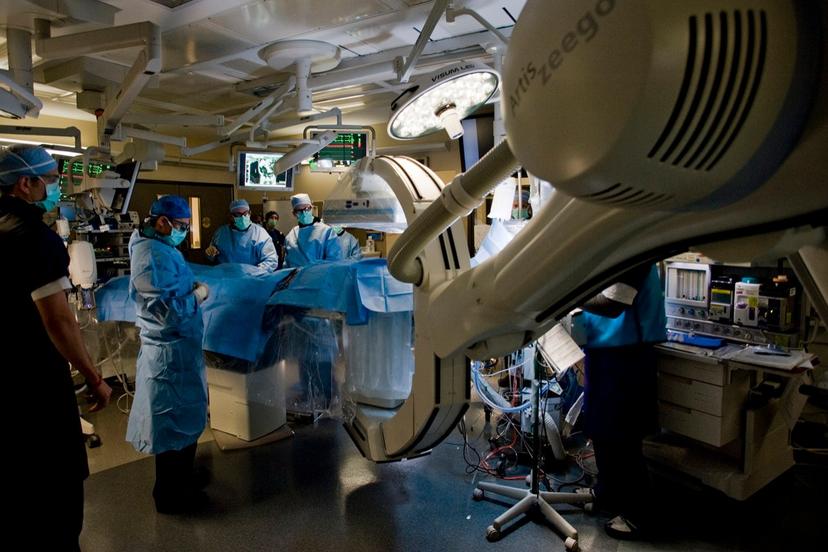Medical Equipment Manufacturing

Structure
There are thousands of medtech companies in the United States. More than 80 percent of them have fewer than 50 employees. These companies are located all over the United States, but are concentrated in states like California, Florida, New York, Pennsylvania, Michigan, Massachusetts, Illinois, Minnesota, and Georgia. Examples include Abbott Diagnostics, 3M Medical, Corning Life Sciences, and Kimberly-Clark. More than 300,000 people work directly in the medtech industry.
According to Ernst & Young, all publicly traded medtech companies are classified as belonging to one of five product groups:
- Imaging Technology: Companies that develop products used to diagnose or monitor conditions via imaging technologies (such as computed tomography and X-ray imaging and optical biopsy systems, magnetic resonance imaging systems)
- Non-Imaging Diagnostics: Companies that develop products used to diagnose or monitor conditions via non-imaging technologies (such as patient monitoring and in vitro testing equipment)
- Research and Other Equipment: Companies that develop equipment used for research or other reasons (such as specialized laboratory equipment and analytical and life sciences tools)
- Therapeutic Devices: Companies that develop products that are used to treat patients (such as drug delivery/infusion technologies and therapeutic medical devices) and
- Other (products that do not fit in any of the aforementioned categories)
The medtech industry has close relationships with industries such as microelectronics, instrumentation, biotechnology, software, telecommunications, and several others.
Careers in the industry include biomedical engineers, other specialized engineers (software, materials, mechanical, industrial, etc.), engineering technicians, engineering managers, industrial designers, materials scientists, chemists, production workers and managers, sales and marketing professionals, regulatory workers, legal professionals (lawyers, paralegals, legal assistants), human resources workers, and a variety of support professionals (clerks, secretaries, computer support workers, receptionists, office clerks, etc.).
Engineers are an important part of the medical equipment manufacturing workforce. Their work focuses on research, development, analysis, planning, application, facility evaluation, and more. Some engineers work on the design and refinement of the products to be manufactured, while others work on the design and assembly of the machines and tools that make the product. They may manage a staff or manage projects from start to finish. Those responsible for research and development refine the production process and make recommendations to their companies based on their research findings. Computer science is becoming increasingly important in manufacturing industries in the development of robotics and automated processes. Engineers also work on environmental concerns, including regulatory compliance, traffic patterns within the plant, hazardous waste control, and ergonomic issues.
Technicians, who work closely with and assist engineers in manufacturing, help to execute various projects by conducting research, running tests, repairing and maintaining equipment, monitoring production, and keeping records.
Manufacturing plants are overseen by department managers, supervisors, and forepersons, who are the liaisons between administrative staff and production workers. These employees usually have a great deal of experience as production workers and are responsible for such areas as worker productivity, product quality, safety and health, and plant and machine maintenance.
Production workers, by far, make up the largest segment of manufacturing employment. They operate, tend, and adjust machines, tools, and equipment; assemble parts; package products; and perform the millions of other tasks required by manufacturing processes.
Many other workers are employed in the industry, including accountants, sales and marketing workers, order processors, customer service workers, secretaries, receptionists, lawyers, human resources workers, and others who support manufacturing operations.
